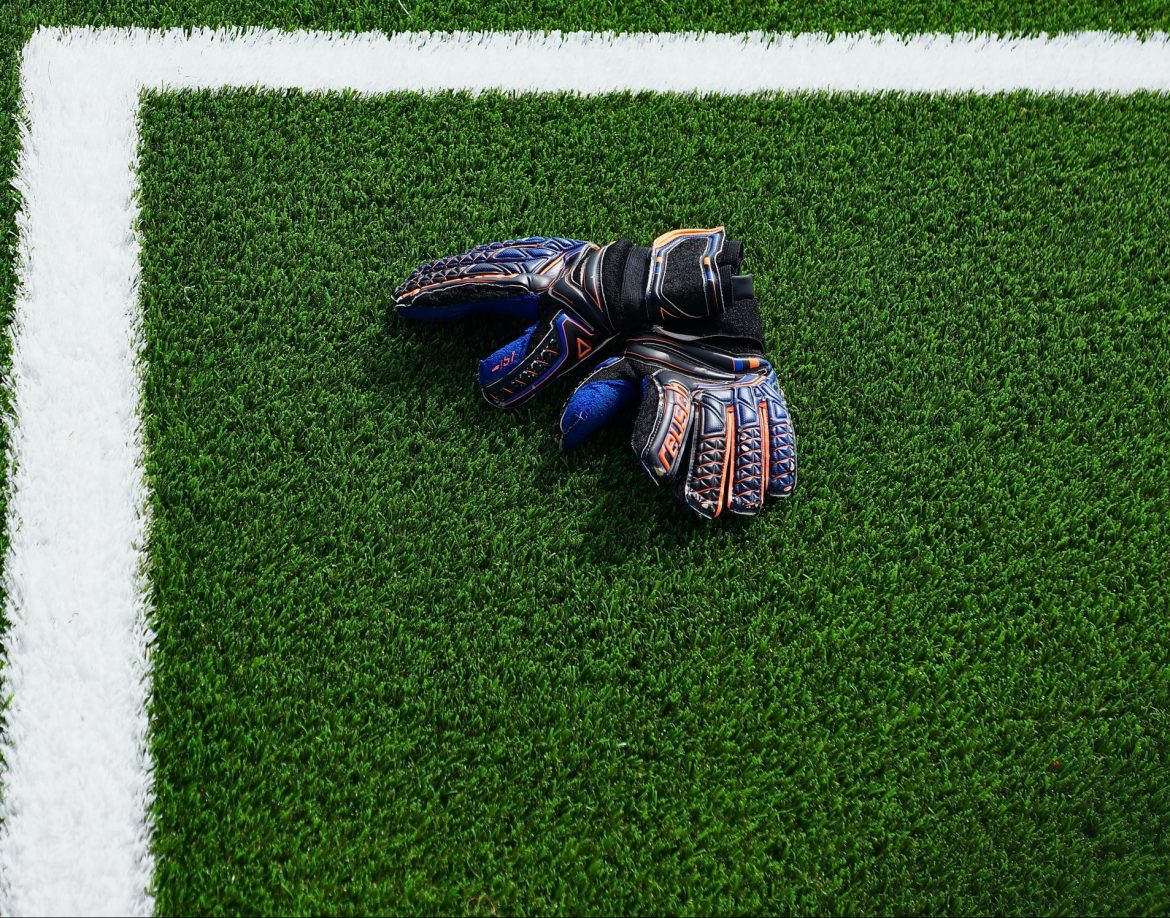How to Find the Right Fit and Size for Your Goalkeeper Gloves
As a goalkeeper, you need to have a pair of gloves that can help you perform at your best. Whether you are catching, deflecting, or punching the ball, your gloves are an essential part of your equipment. But how can you find the right fit and size for your goalkeeper gloves? In this article, we will give you some steps and tips that can help you measure your hand size and choose the best goalkeeper gloves for you.
Steps to Measure Your Hand Size
The first step to finding the right fit and size for your goalkeeper gloves is to measure your hand size. Here are some steps that you can follow to measure your hand size accurately.
- Step 1: Prepare a measuring tape or a ruler. You will need a measuring tape or a ruler to measure your hand size. If you don’t have one, you can also use a string or a paper strip and mark it with a pen or a pencil.
- Step 2: Measure the length of your hand. You will need to measure the length of your hand from the tip of your middle finger to the base of your palm. You can use your dominant hand or both hands and take the average. Make sure you measure in a straight line and don’t bend your fingers.
- Step 3: Measure the width of your hand. You will need to measure the width of your hand at the widest part, which is usually below the knuckles. You can use your dominant hand or both hands and take the average. Make sure you measure in a straight line and don’t spread your fingers too wide or too narrow.
- Step 4: Compare your measurements with a size chart. You will need to compare your measurements with a size chart from the brand or model of goalkeeper gloves that you want to buy. Each brand or model may have slightly different sizes, so make sure you check their specific size chart. You can also use this general goalkeeper glove size guide as a reference.
| Hand Length (cm) | Hand Width (cm) | Glove Size |
- |——————|—————–|————|
- | 16.5 | 14 | 5 |
- | 17.5 | 14.5 | 6 |
- | 18 | 15.5 | 7 |
- | 19 | 16.5 | 8 |
- | 20 | 17 | 9 |
- | 21 | 18 | 10 |
- | 22 | 19 | 11 |
Tips to Choose the Best Goalkeeper Gloves for You
The second step to finding the right fit and size for your goalkeeper gloves is to choose the best goalkeeper gloves for you based on your preference and needs. Here are some tips that you can follow to choose the best goalkeeper gloves for you.
- Tip 1: Consider the cut of the glove. The cut of the glove refers to the shape and fit of the glove, especially around the fingers and palm. There are different types of cuts, such as flat, roll finger, negative, hybrid, and more. Each cut has its own advantages and disadvantages, depending on your preference and hand shape. For example, flat cut gloves are more spacious and traditional, while negative cut gloves are more snug and natural.
- Tip 2: Consider the palm of the glove. The palm of the glove refers to the material and thickness of the glove’s main contact area with the ball. There are different types of palms, such as latex, synthetic, or foam. Each type has its own characteristics and qualities, depending on the weather condition and playing surface. For example, latex palms are more grippy and durable, while synthetic palms are more breathable and lightweight.
- Tip 3: Consider the backhand of the glove. The backhand of the glove refers to the material and design of the glove’s upper part that covers the back of the hand. There are different types of backhands, such as mesh, rubber, or leather. Each type has its own functions and features, depending on the protection and flexibility you need. For example, mesh backhands are more ventilated and flexible, while rubber backhands are more padded and supportive.
- Tip 4: Consider the closure of the glove. The closure of the glove refers to the mechanism and style of the glove’s wrist area that secures it in place. There are different types of closures, such as velcro, elastic, or bandage. Each type has its own pros and cons, depending on the comfort and adjustability you want. For example, velcro closures are more convenient and easy to use, while elastic closures are more snug and stable.
- Tip 5: Consider the finger protection of the glove. The finger protection of the glove refers to the presence and type of additional support or reinforcement for the fingers and knuckles of the glove. There are different types of finger protection, such as spines, stays, or splints. Each type has its own benefits and drawbacks, depending on the injury prevention and mobility you need. For example, spines are more rigid and protective, while stays are more flexible and comfortable.
Conclusion
By following these steps and tips, you can find the right fit and size for your goalkeeper gloves. You can also improve your performance and confidence on the pitch with a pair of gloves that suit your hand size and preference.
